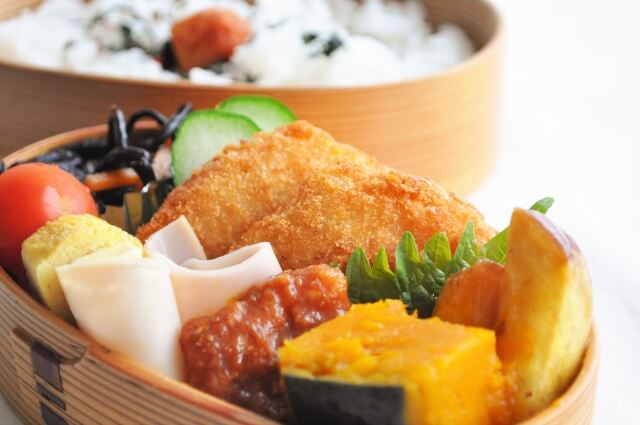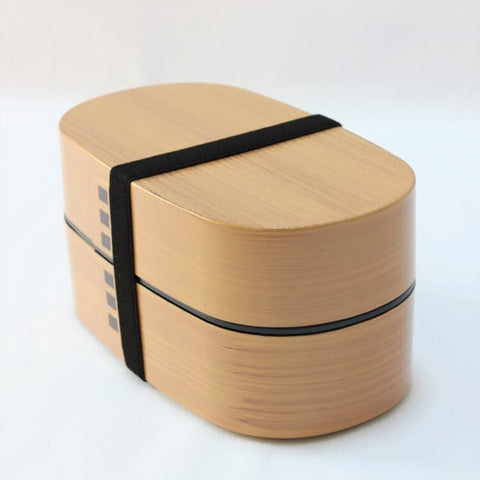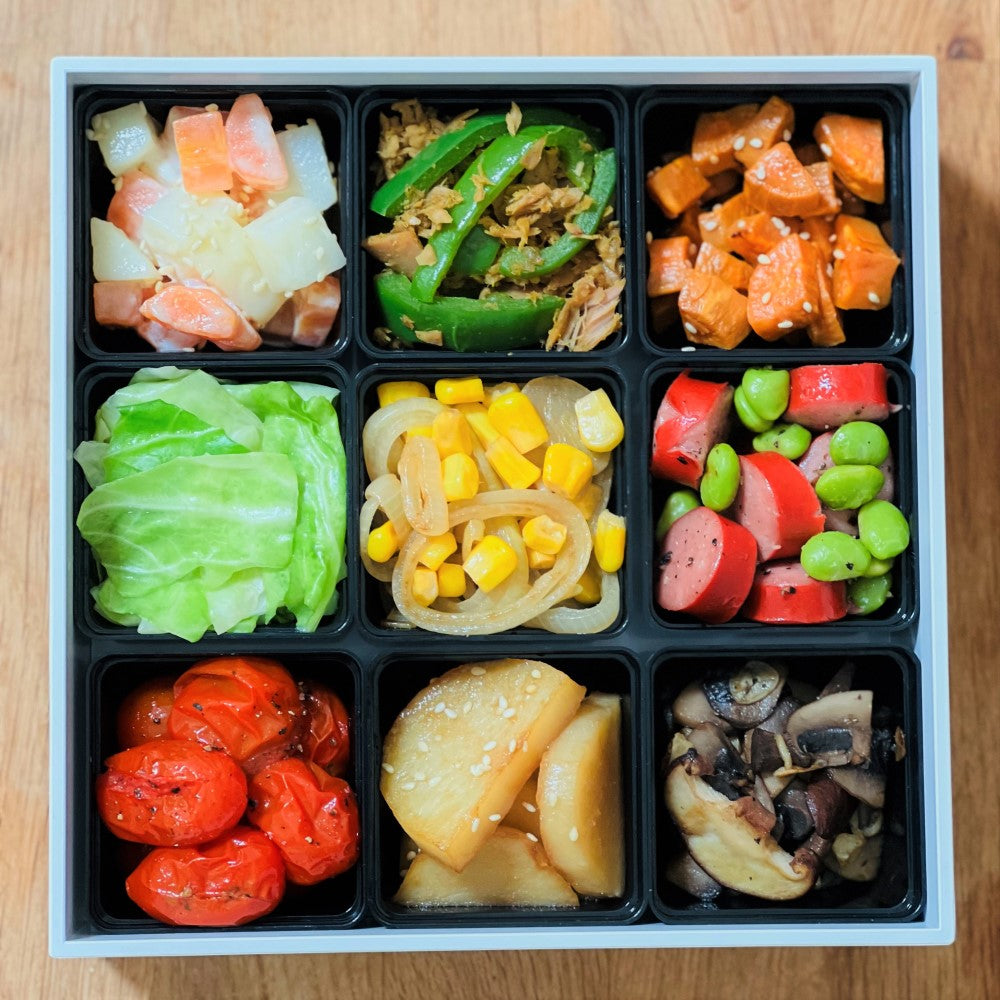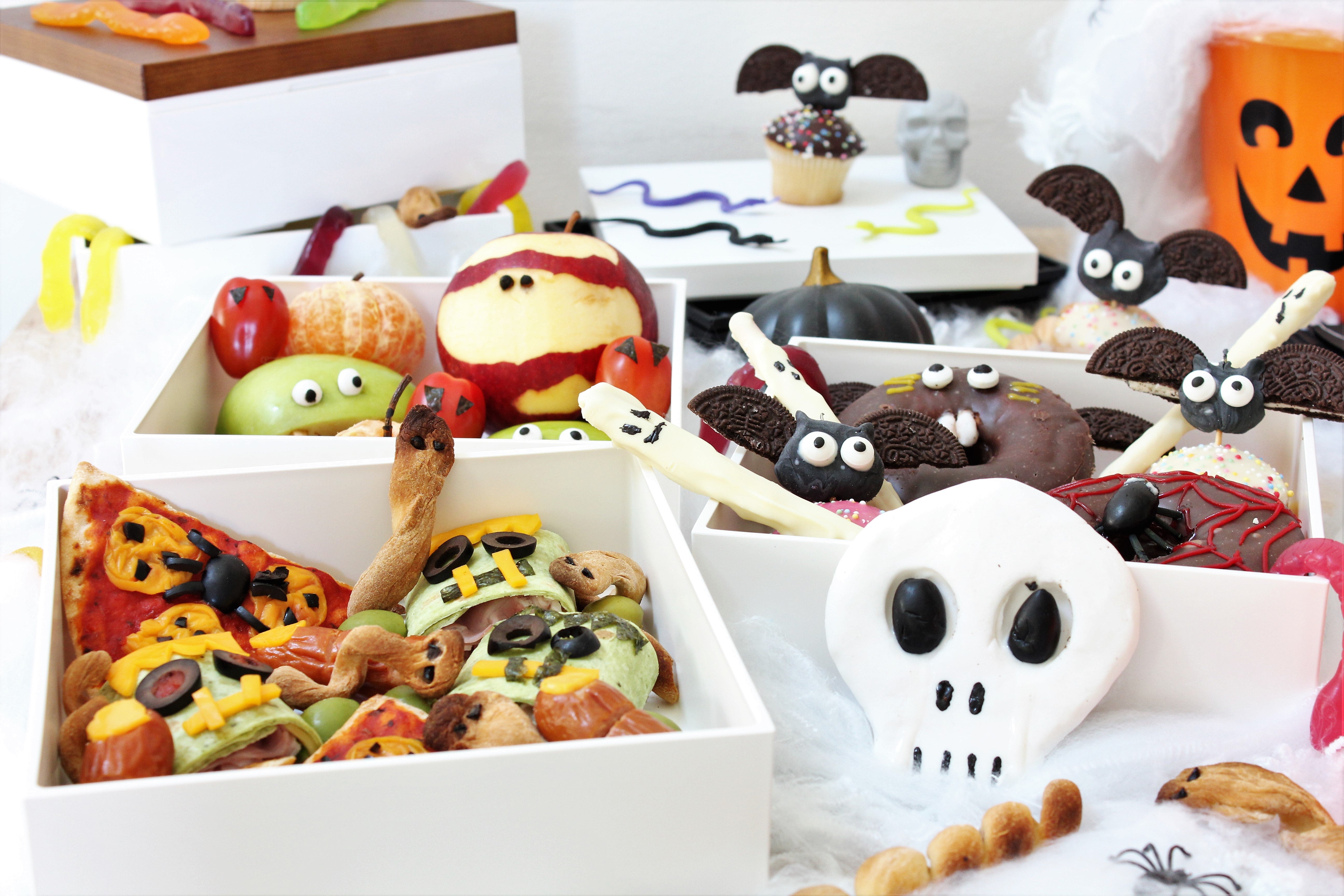If you love Japanese food, or have traveled to Japan to enjoy its culture and cuisine, you’ve probably heard of bento boxes. But what are they? Bento boxes (or 'お弁当' in Japanese characters) are a way of packing a meal into a fit-for-purpose container, so that you can have it at a later time, usually outside of home. The word “bento” is actually derived from the verb “to bentou,” which means “convenient", so it's actually to allow for a convenient way to have a meal outside of home. Of course, lunch boxes are nothing new, but bento boxes from Japan are particularly elaborate, and can be prepped with great detail for the size of the container.
Origin of the Bento Box in Japan
Bento boxes first appeared during the Kamakura period in Japan (1185-1333). They were thought to have been invented by farmers and merchants who needed a way to transport their food with them while they worked. These bento boxes were usually made of bamboo or wood, and were very simple in design. Over time, bento boxes evolved into works of art as beautiful lacquerware with intricate designs both on and inside these items.
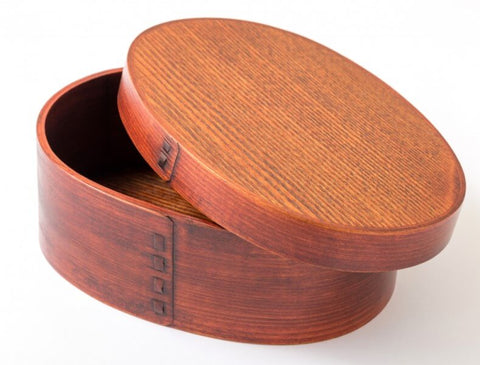
During the Edo period (1603-1868), bento boxes became extremely popular in society, as they were a convenient way to pack a meal for work or school. At this time, bento boxes were usually made of wood, and often had compartments to keep the food separate.
How has the Bento Box in Japan evolved over time?
Bento boxes went through a few more changes in the Meiji period (1868-1912), when Western influences began to appear in Japan. One of these was the introduction of bento boxes made of tin or aluminum, which were more lightweight and easier to carry than wooden bento boxes.
In the Taishō period (1912-1926), bento boxes became even more popular, as they were used to pack food for many other outdoor activities like picnics and social events. It was during this time that bento boxes began to be made of plastic, which was even lighter and more convenient than tin or aluminum.
Nowadays, bento boxes are still the main way to pack a meal in Japan. They come in all shapes and sizes, from simple plastic boxes to elaborate lacquerware and hand crafted bamboo boxes. You can even find bento boxes shaped like animals, cartoon characters, or even shinkansen bullet trains, like the one below. You can find these on bullet train platforms, with different makes and models. They are usually for kids, but that won't stop any adults from collecting them!
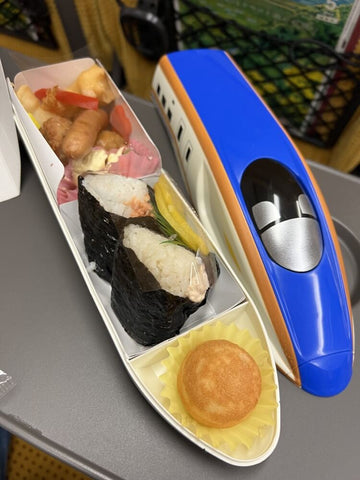
Types of Bento Boxes
Bento boxes can be found anywhere in Japan and are really part of the everyday routine and culture. Sometimes, bentos are called certain names depending on where you find them or how they are made. You can often find premade bentos at train stations (called “Ekiben” (駅弁)) or in convenience stores (called “Conbini bento” (コンビニ弁当)). Many households just make them at home (to save money) to take to work or school, and so are just called "Obento". Some bentos are like works of art, with elaborate cartoon characters or themes, and these are often called "Decoben" (デコ弁).
- Ekiben are bento boxes that are sold at train stations. They’re often made with local ingredients and recipes, so they’re a great way to try regional cuisine while you’re traveling.
- Conbini bento are found in any convenience store. Stores stock a wide variety, but usually comprise of standard bento types, and seasonal and regional types. Make no mistake, these can almost be restaurant quality, and are very reasonably priced.
- Obentō prepared at home are usually made for lunch at work or school, although this is a very generic categorization. Some households may use leftovers, or some would get up very early in the morning to prepare it, sometimes at 5am! That's dedication in a box.
- Decoben often use a central theme to create a decorative bento. Some of these really must take a lot of time to make.
Here's an Ekiben, called 'Makunouchi bento'. There are usually many side dishes in this type of bento.
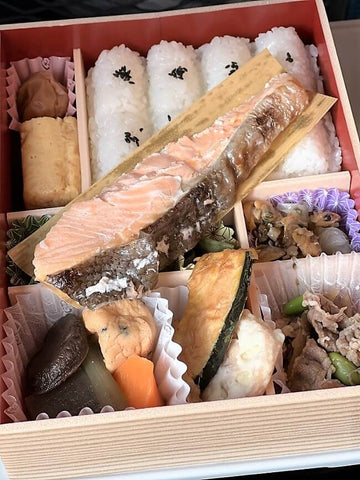
And here is a Decoben made during a festival called 'Setsubun' in Japan:
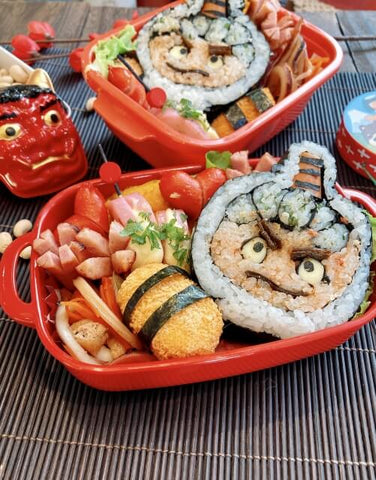
Bento box materials
Bento boxes are made of from a variety of materials, and depending on the occasion and situation, some might prefer one over the other.
1. Wooden bento boxes
One popular option is the wooden bento box. These boxes are typically made from bamboo or Paulownia wood, and they offer a natural look that is perfect for eco-conscious buyers.
Wooden bento boxes are also lightweight and sturdy, making them a great choice for everyday use. However, they're not always the best choice for storing food for long periods of time, as wood can absorb moisture and cause food to spoil. Great quality wooden bento boxes can also be quite expensive.They also cannot be microwaved, and need to be handwashed.
2. Lacquered bento boxes
Lacquered bento boxes are traditional Japanese lunch boxes that are made with a type of lacquer called Urushi. The boxes are coated with layers of lacquer, which makes them extremely durable and resistant to staining.
The beauty of these boxes lies in their simplicity; they are often decorated with intricate designs or carved with meaningful symbols. In addition to being visually stunning, lacquered bento boxes are also practical; the lacquer helps to keep food fresh. Lacquered bento boxes however can be more pricey, and like wooden bento boxes, need to be carefully maintained.
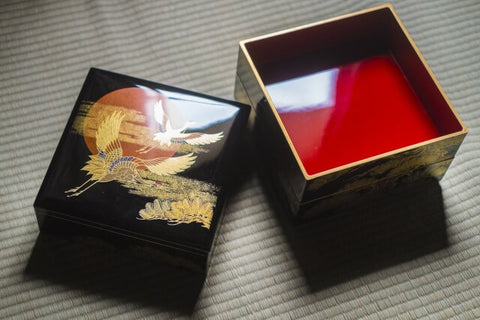
3. Plastic bento boxes
Whether you're packing a lunch for yourself or your kids, plastic bento boxes are a versatile option to use. They can be eak-proof, easy to clean, and very durable. Many are microwavable and dishwasher safe. Plus, they come in a variety of designs, sizes and colors to suit your needs.
If you're worried about the environmental impact of plastic bento boxes, you are not wrong, as these are ultimately still made of plastic. But since these containers are also reusable, you’ll at least be minimizing single use plastic containers, and won't need to purchase a new one for a long time. Always consider purchasing a higher quality bento box, as they are made from more durable materials and can last much longer. And if you're concerned about the safety of plastic, look for BPA-free bento boxes.
4. Metal bento boxes
If you're looking for a bento box that looks great, lasts a long time, is environmentally friendly and keeps food well, then metal bento boxes are a great option. These boxes are generally made from high-quality stainless steel or aluminum, and boast a sturdy and strong design.
They can be leak-proof and easy to clean, making them a great choice for busy families and people who like outdoor activities. They are however usually more expensive than other options, and cannot be microwaved.
5. Glass bento boxes
Glass bento boxes are a great way to show off your beautiful bento creations, and lets you know immediately what's inside. These boxes are made from tempered glass, so they're durable and shatter-resistant, and can be microwaved. And, they have an airtight seal to keep food fresh. If you're looking for a bento box that will make mealtime a bit more fun, glass bento boxes are a great option. Just note, they can be heavier than their counterparts, and while durable, extra care is needed to prevent damage or breakage.
6. Insulated bento boxes
Insulated bento boxes are another type of bento box that is used to keep food hot or cold. These bento boxes have two layers of insulation, which makes them great for transporting food and maintaining temperature. Stainless steel insulated bento boxes are a great variant. These boxes are made from high-quality stainless steel and have even better thermal insulation to keep food at the perfect temperature. Insulated bento boxes however are usually much more expensive than other options, and are not microwavable or dishwasher safe.
Shapes and Configurations of Bento Boxes
Bento boxes come in a variety of shapes and configurations these days:
- Square bento boxes
- Rectangle bento boxes
- Circle bento boxes
- Traditional Japanese wappa design (oval shaped)
- 1, 2 or 3 layered stackable designs (or even more!)
- Bento boxes with different compartments and dividers to keep food separate
Nowadays, you can find a bento box in any shape, size, and material to suit your needs. Whether you're looking for a bento lunch box for yourself or your kids, there's an option out there that's perfect for you.
Conclusion
Bento boxes are a great way to enjoy a healthy and delicious meal on the go, and lets you save money each day. They’re also a great environmentally friendly alternative to single use disposable containers. And, with so many different options to choose from, there's surely a bento box for everyone. So, what are you waiting for? Get bento-ing!
Looking for the perfect bento box?
Looking for a bento box that will make mealtime a bit more fun? Check out our bento boxes at Majime Life, which come in a variety of designs, shapes and sizes. Our bento boxes are made from high-quality, BPA-free plastic, and many are hand-painted and manually finished during the crafting process. Some of our more unique bento boxes have Japanese patterned cloth infused into the lids. Plus, most of our bento boxes are dishwasher and microwave safe. Browse our selection of bento boxes from Japan today!

